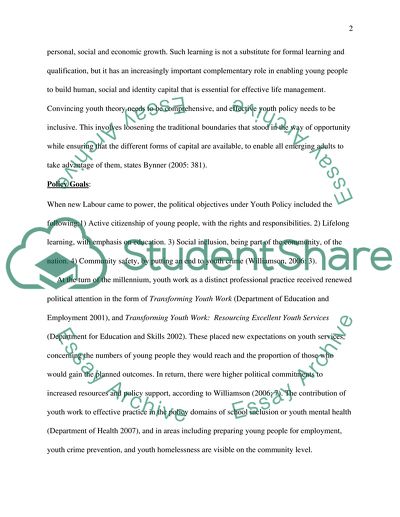Cite this document
(Young People as Competent Community Builders Case Study, n.d.)
Young People as Competent Community Builders Case Study. Retrieved from https://studentshare.org/social-science/1540798-community-work-what-impact-do-you-think-youth-work-has-on-the-lives-of-young-people
Young People as Competent Community Builders Case Study. Retrieved from https://studentshare.org/social-science/1540798-community-work-what-impact-do-you-think-youth-work-has-on-the-lives-of-young-people
(Young People As Competent Community Builders Case Study)
Young People As Competent Community Builders Case Study. https://studentshare.org/social-science/1540798-community-work-what-impact-do-you-think-youth-work-has-on-the-lives-of-young-people.
Young People As Competent Community Builders Case Study. https://studentshare.org/social-science/1540798-community-work-what-impact-do-you-think-youth-work-has-on-the-lives-of-young-people.
“Young People As Competent Community Builders Case Study”. https://studentshare.org/social-science/1540798-community-work-what-impact-do-you-think-youth-work-has-on-the-lives-of-young-people.


